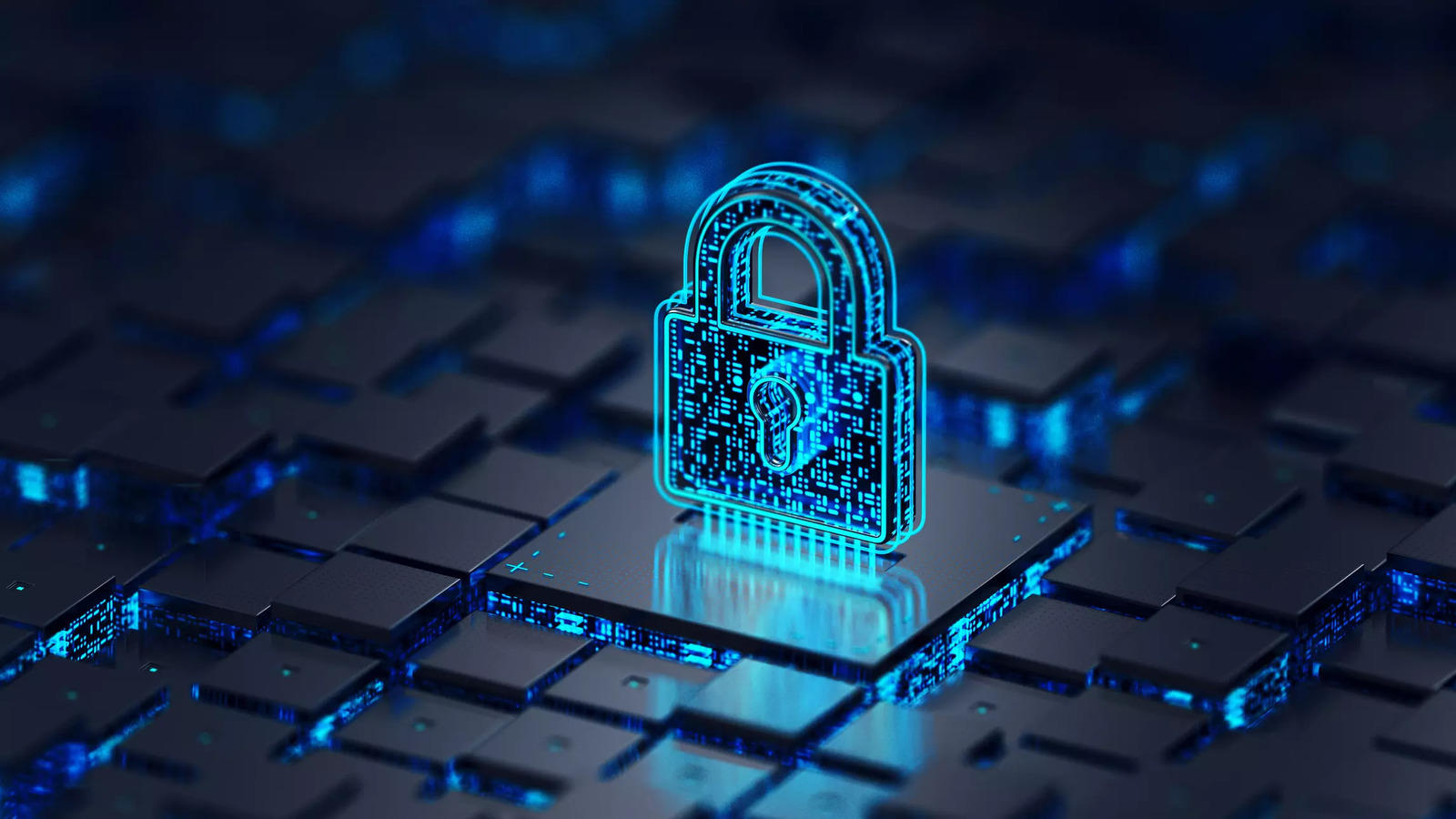Cybersecurity leaders are currently navigating the potential impact of generative AI technology, which holds promise but also poses challenges. Despite optimistic claims from vendors, there remains uncertainty about how AI will truly shape cybersecurity practices.
However, Gartner’s projections offer a glimpse into the future, suggesting that by 2024, we’ll witness the introduction of gen AI-driven security solutions. It’s anticipated that by 2025, these tools will start demonstrating tangible outcomes in risk management, a development eagerly awaited by industry professionals.
Richard Addiscott, a senior director analyst at Gartner, sheds light on the cautious yet hopeful stance of Chief Information Security Officers (CISOs) toward generative AI. They see potential in leveraging AI to bolster defensive capabilities and operational efficiency, although the road to realizing these benefits is still under exploration.
In parallel, cybersecurity strategies are evolving to embrace a focus on security behavior and culture. Gartner predicts a significant uptake of human-centric security practices by 2027 among large enterprises, emphasizing the importance of cultivating a security-conscious culture across all levels of the organization.
Meanwhile, there’s a growing recognition among boards of directors about the need for outcome-driven metrics (ODMs) to gauge cybersecurity performance. These metrics aim to provide a clear understanding of the effectiveness of cybersecurity investments in mitigating organizational risks, making them accessible to non-technical stakeholders.
Furthermore, third-party risk management is gaining traction as organizations seek to fortify their supply chains against cyber threats. By investing in resilience-oriented measures and refining their approach to vendor engagements, businesses can better safeguard their digital assets.
Addressing the persistent cybersecurity talent shortage requires a strategic approach to reskilling and talent acquisition. Organizations are encouraged to prioritize skills development, foster a culture of continuous learning, and embrace diverse skill sets to meet evolving cybersecurity challenges effectively.
Finally, the adoption of continuous threat exposure management (CTEM) and the refinement of identity access management (IAM) are highlighted as essential strategies for mitigating cyber risks in an increasingly complex threat landscape. By implementing these measures, organizations can proactively manage their cybersecurity posture and minimize vulnerabilities.















































